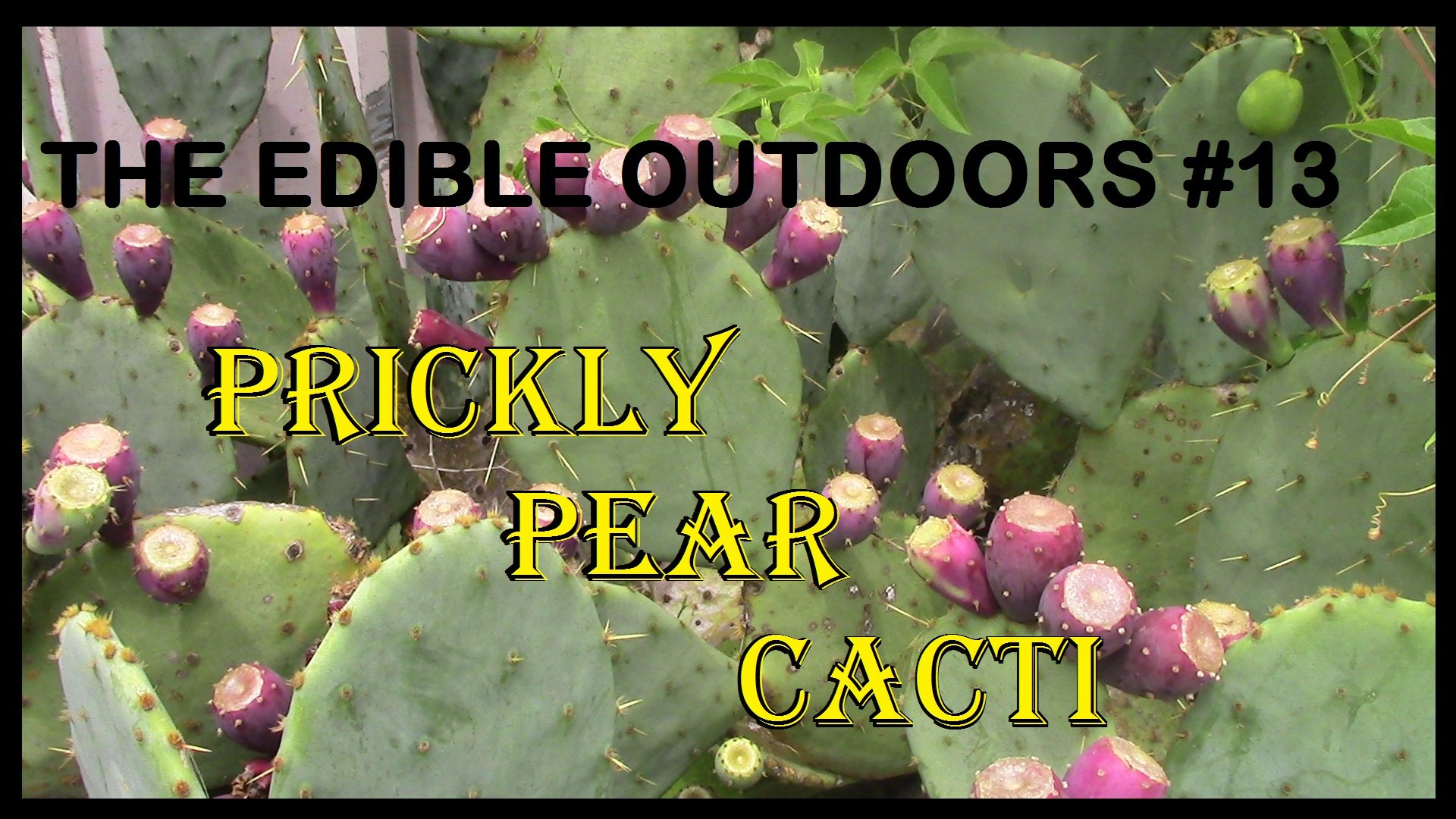
Prickly Pear are one of those cacti that just seems to be everywhere in certain regions. I have seen varieties and subspecies of it from Wisconsin to Florida to Texas to California. It also seems to be used far more often in some parts as an ornamental than as an edible. When I see the rotting fruit from the fall before early in the spring, it kind of makes me sad, knowing how delicious they are. In my propagation series I’ll be showing you how to get some of your own growing. Here, I’ll show you how locate some in the wild, and what to do with it when you do.
IDENTIFICATION
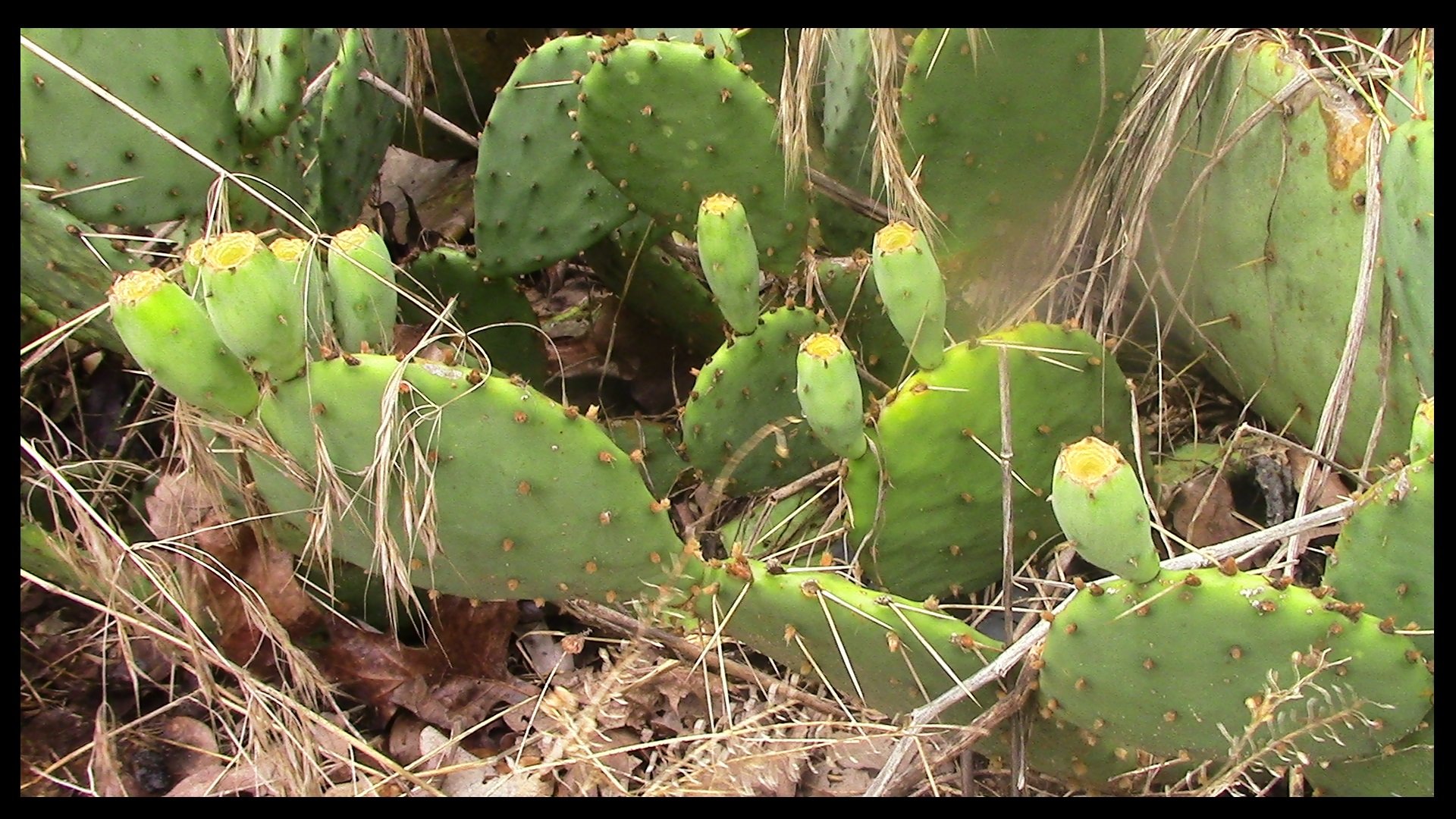
Proper identification is always important, but it can be crucial when dealing with cacti. As with so many plants, some cacti are deadly. I’ve eaten a variety of them over the years, but I’ve always stuck to the “pad” type cacti, and not the “barrel” or “column” shaped ones. For a large number of you, there is probably no need to even begin to describe to you what a Prickly Pear Cactus is. For the remainder, a local expert in wild edibles is always your best option, but I’ll give you the general idea.
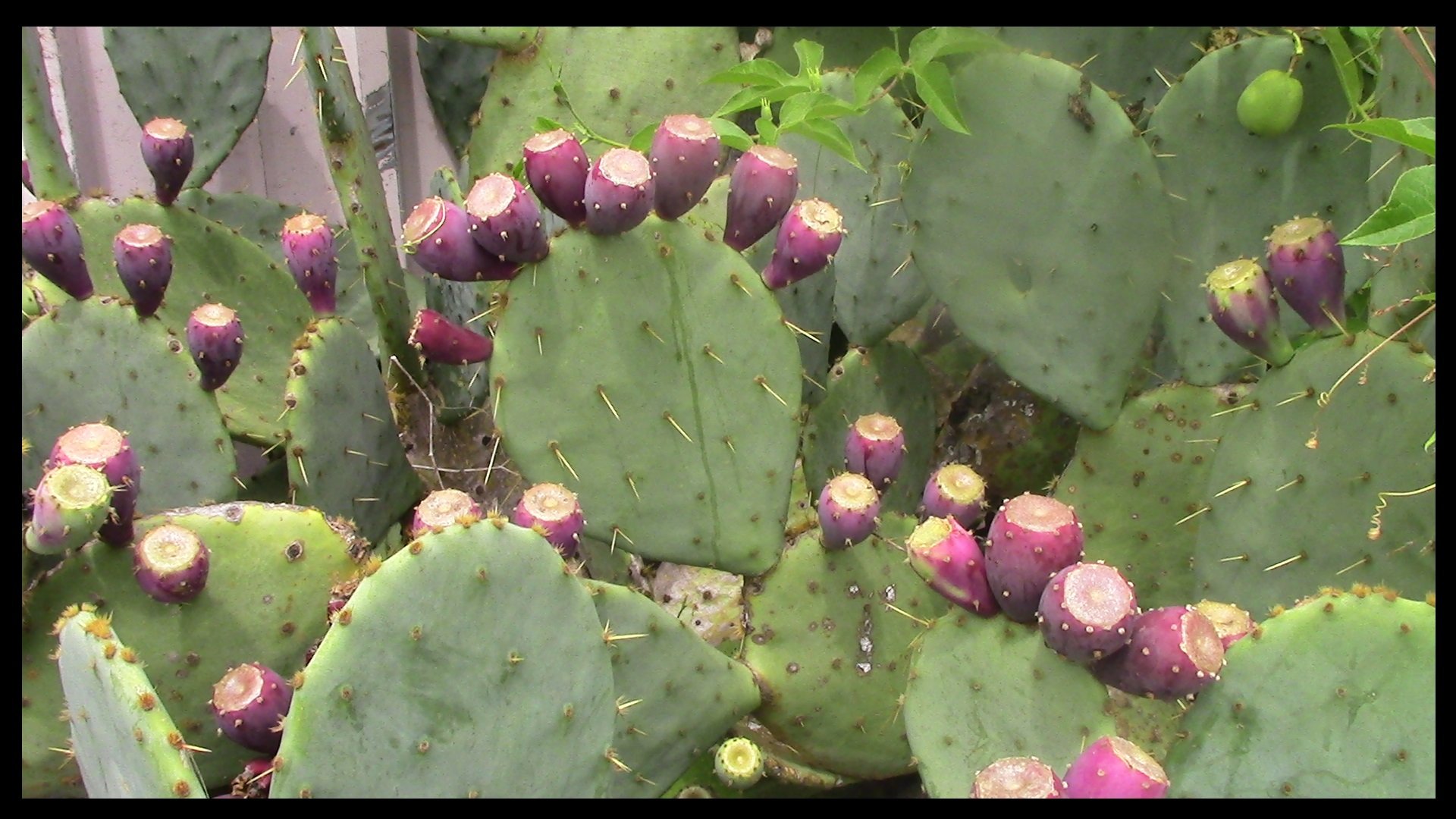
Prickly Pears are a cacti made up of many oval-shaped pads, covered in spines. The exact sizes of these pads will vary based on exact species and the age of the plant. I’ve seen whole plants made of 2 inch discs and other varieties with pads the size of laptops. The severity of the spines also varies, as well as the color of both the flower and fruit.
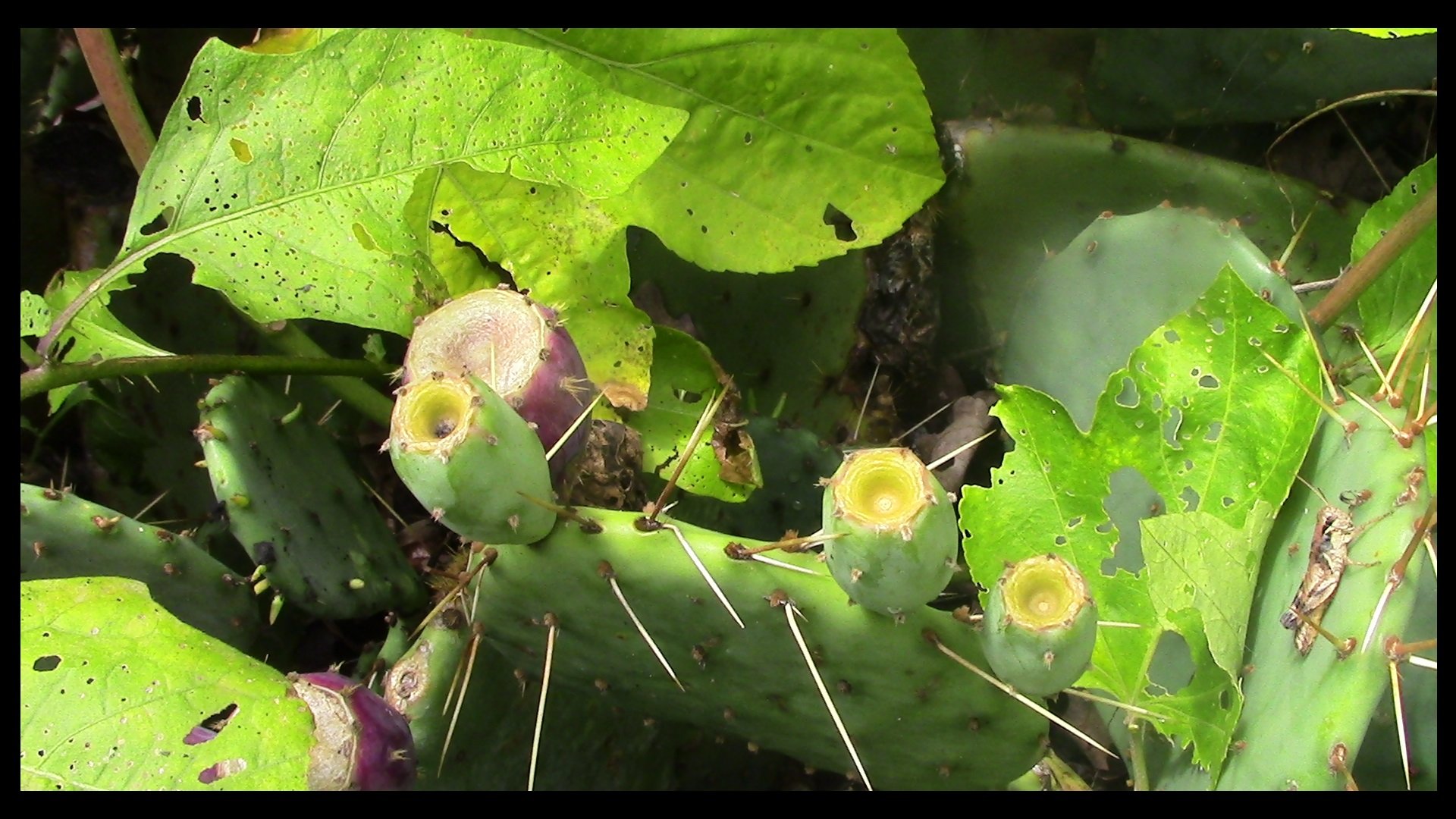
Here, you can see two different sized fruits from two different species. The larger one whose fruit is already red is a kind originally found in Texas. The smaller one whose fruit is still green is common in the wilds throughout Arkansas, and looks very similar to the kind I’d often see in Wisconsin.
USES
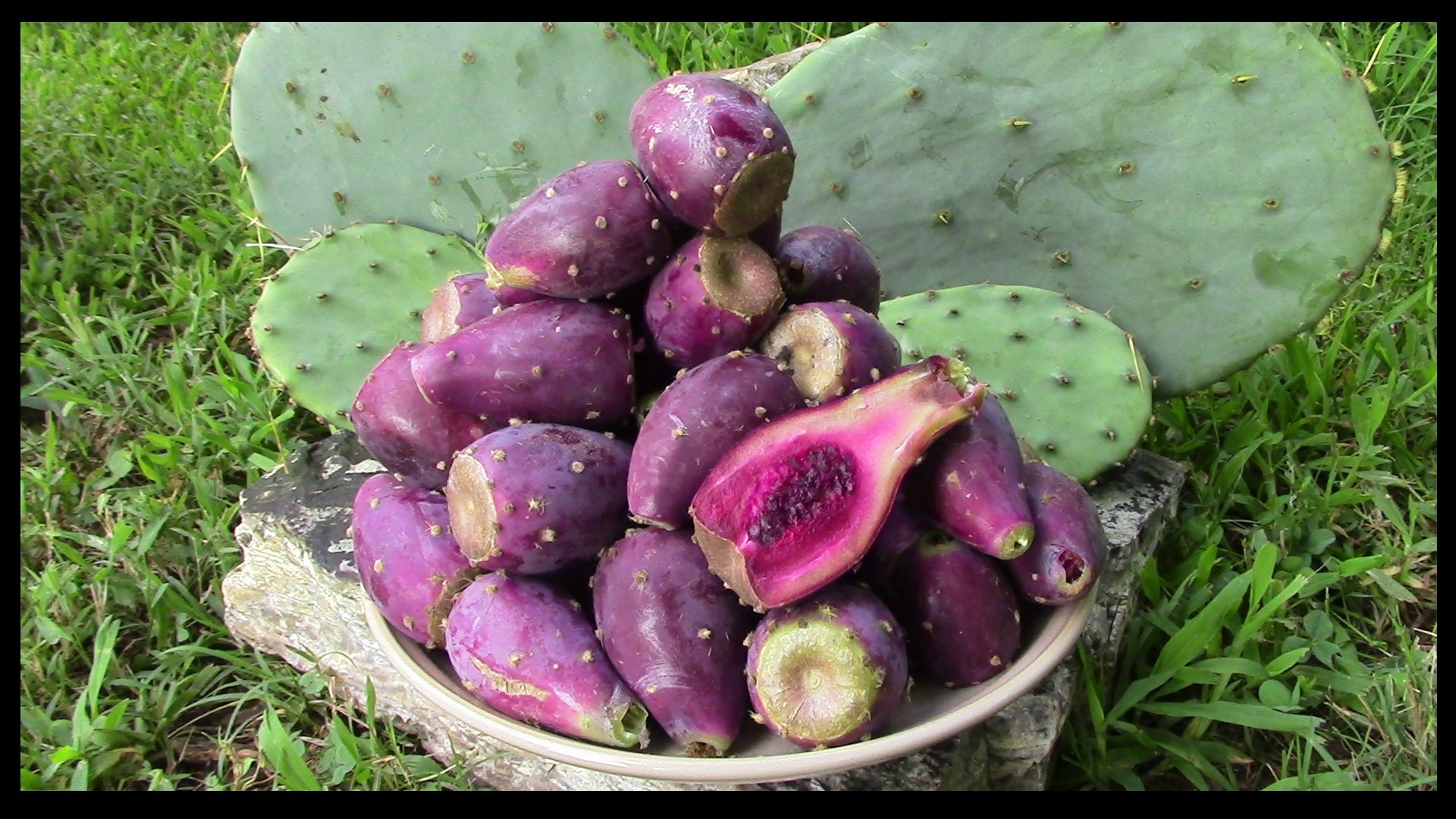
The Prickly Pears are all members of the Opuntia family and both the pads and fruits of all 12 Prickly Pear cacti in this family are edible.
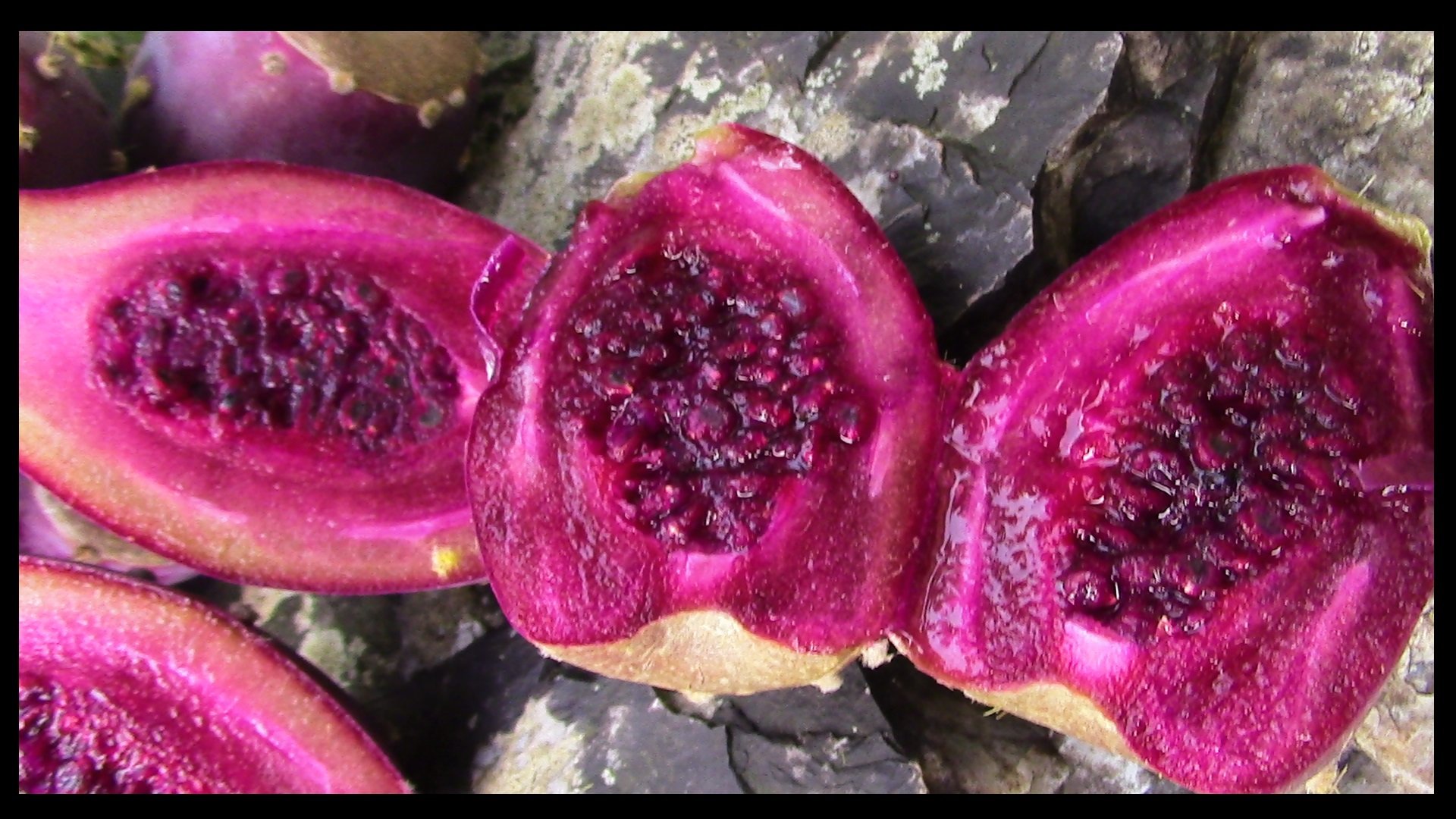
Prickly Pear has been used as a food source for a long time by many people. For many indigenous peoples, it was and still is a staple in their diets. To eat the fruit, people either peel the skin and spines off with a knife to access the middle, or use a blowtorch to burn off the spines first, and then open it. I’ve also just bit one end off and squeezed the juice and pulp into my mouth, several times, but wouldn’t really recommend this approach for “normal people”. Depending on the region you’re in, both pads and fruit may be available at local grocery stores. (Again, this is a main food source with some and yet completely overlooked by others).
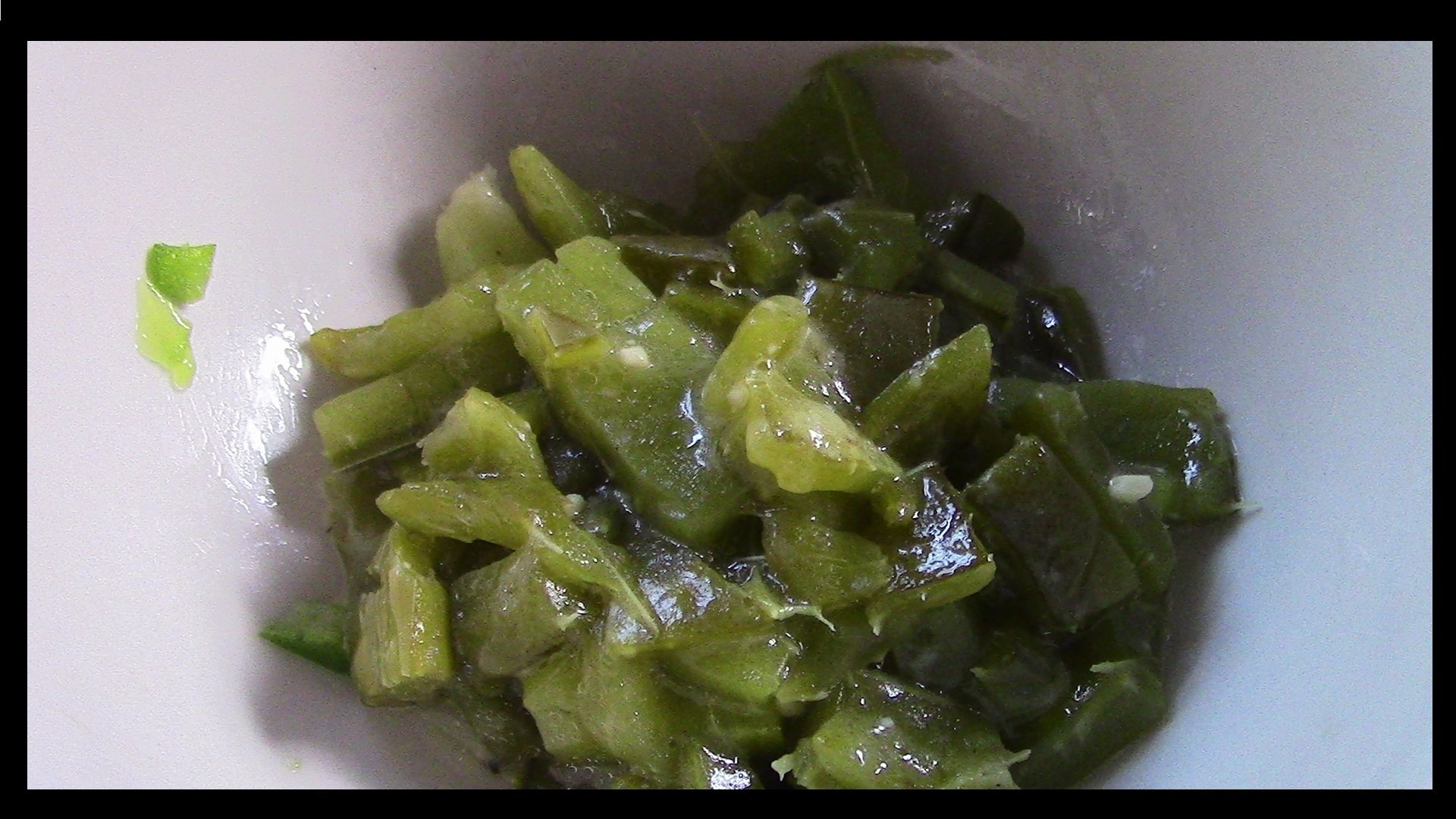
The pads are best harvested in the spring of the year, before they toughen up and their spines mature. Older pads are not only more difficult to prepare, having a tougher skin and tougher spines, but they will also be more "slimy: or "gooey" when cooked. The "meat" is still solid, but the sap seems to congeal. (It sort of reminds me of Aloe Vera gel.) Some people consider this unpleasant, but, personally, I don't mind. I'd recommend mixing in some rice or eggs to offset this characteristic. I'm eating the bowl above for breakfast right now, just lightly seasoned and cooked in butter. I’ve usually seen them either diced or cut into strips, and then fried, sautéed, or added to a dish while cooking. Additionally, the juice is also used in both candies and jellies.
NUTRITION
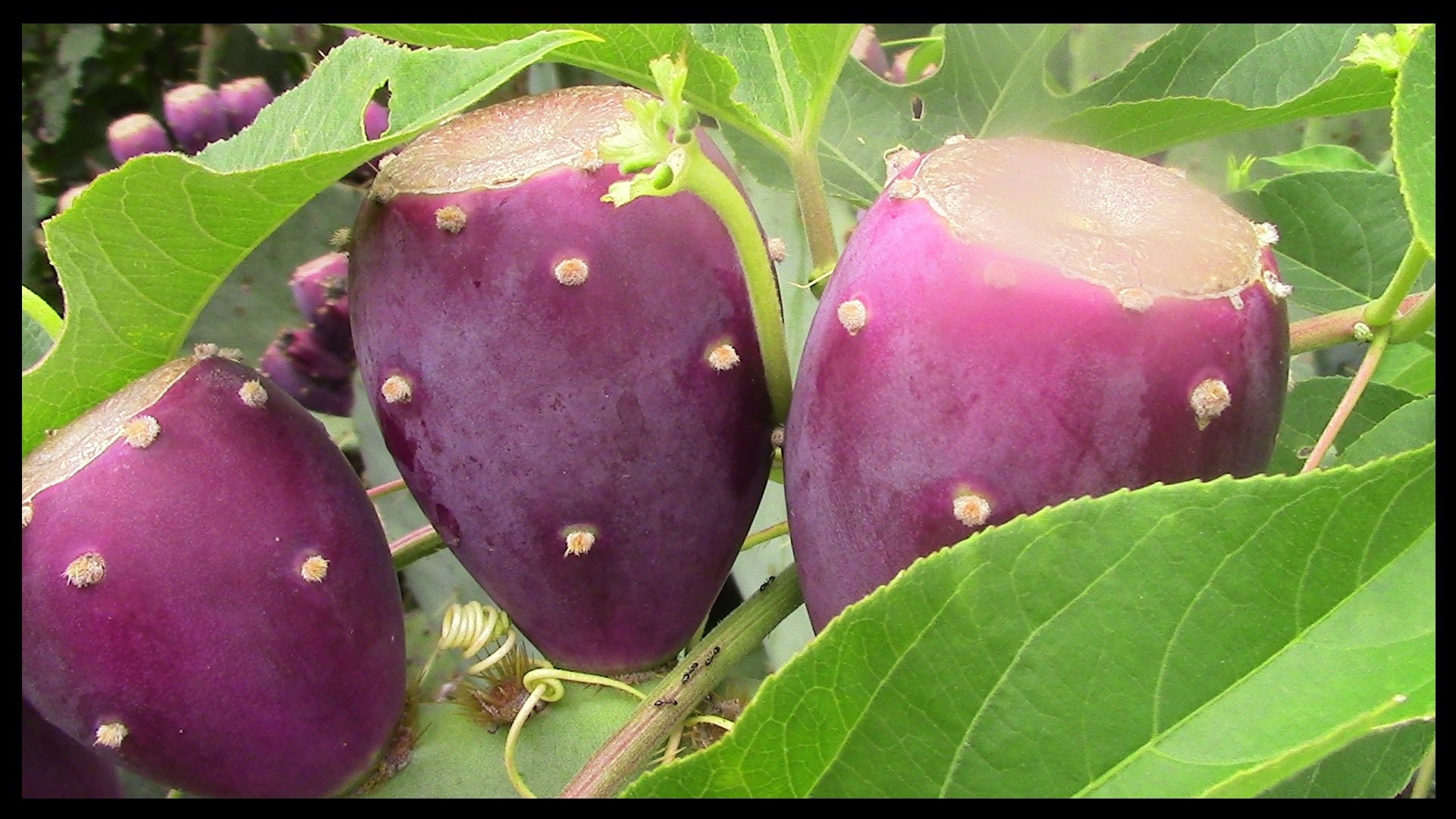
Nutritionally, these cacti are high in Vitamin C, and a good source of Potassium and Calcium. It also brings a good amount of Copper, Magnesium, and Dietary Fiber to the table, and is low in Cholesterol, Saturated Fat, and Sodium.
PROPAGATION
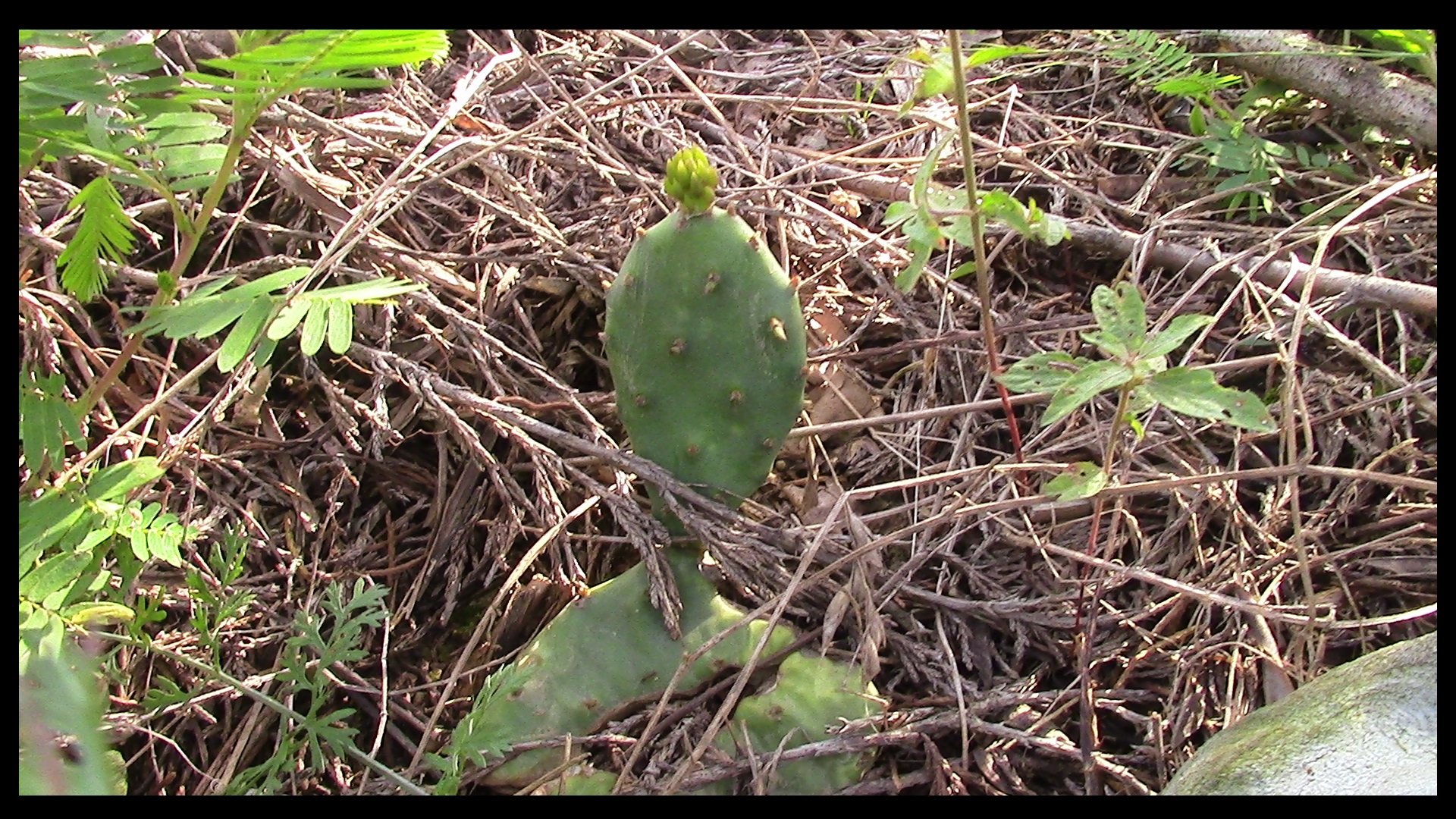
The Prickly Pear, like many other cacti and succulents, propagates relatively easily. I’ll be covering the exact method shortly in papa-peppers guide to plant propagation. It can also be planted from seed, which, conveniently enough, can be found right inside the fruit.
CONCLUSION
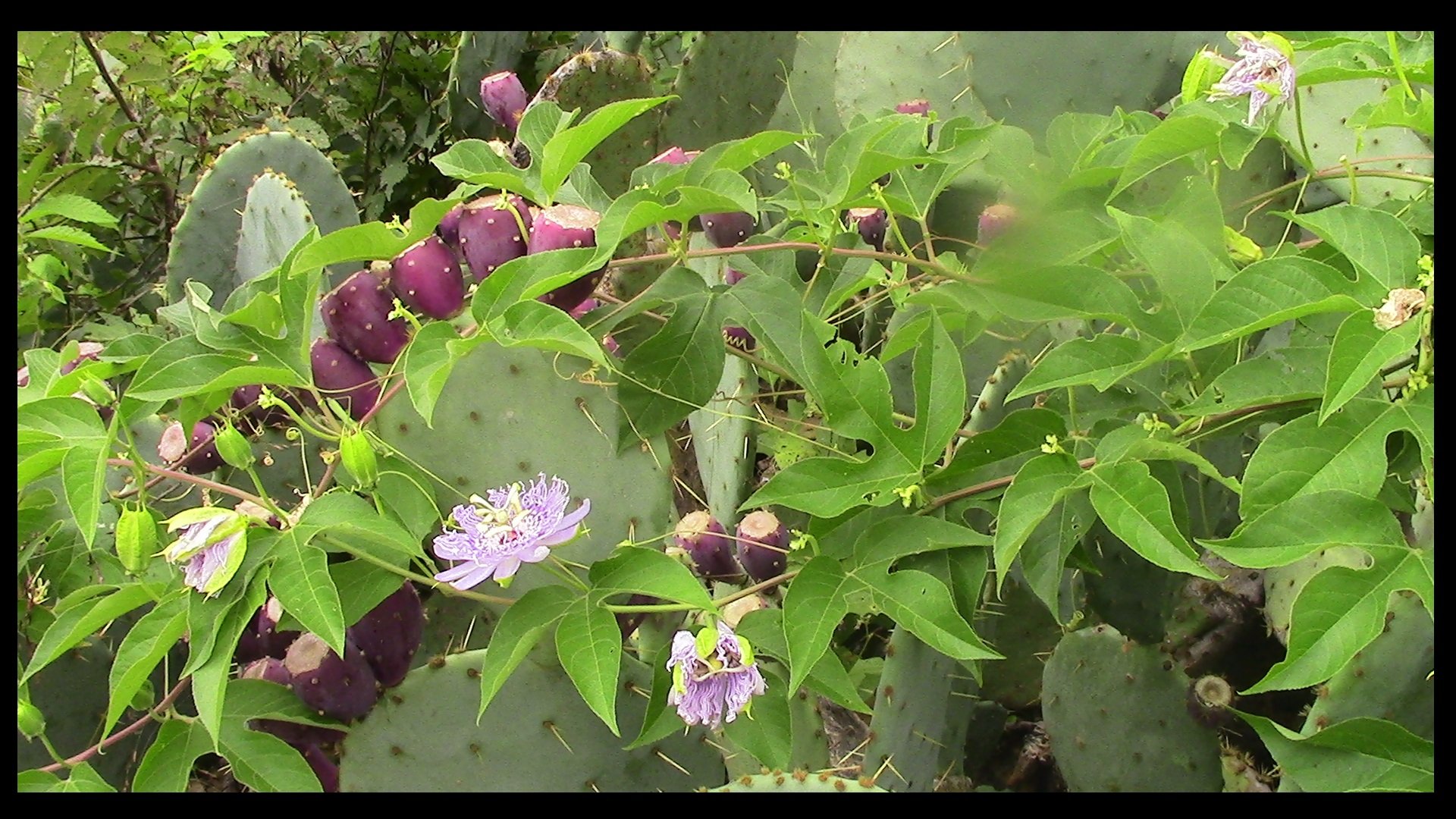
Prickly Pear is a common cacti and all too often an underrated food source. It’s good to know that it is edible, just in case. As always, plants covered in spines or thorns should always be handled carefully. (I’ve currently got some little ones stuck in my fingers, lip, and leg, but that comes with the territory). It’s just one more plant you could eat, in THE EDIBLE OUTDOORS.
Here's previous THE EDIBLE OUTDOORS posts:
- 1-Common Yellow Wood Sorrel
- 2-Lamb’s Quarters
- 3-American Gooseberry
- 4-Stinging Nettle
- 5-Sassafras
- 6-Creeping Charlie
- 7-Dandelion
- 8-Plantain
- 9-Mint
- 10-Garlic
- 11-Purslane
- 12-Elderberry

